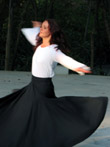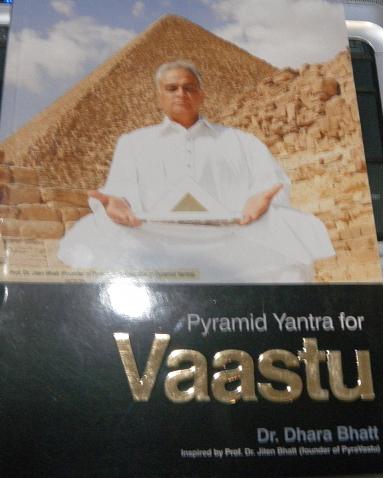It is important to understand that “meditation” is simply being aware of what is happening both within and around us. So ultimately, this is just a natural part of everything we do, twenty-four hours a day. Learning the “knack” or “watching” what is going on rather than being immersed in it can take awhile. And meditation methods are designed to help you first learn that knack, and then allow the watcher to become strong enough to become part of your everyday life. So the comments below refer to the methods that can help you with this process.
Some methods are designed to be most effective when done at a certain time of the day. For example, Osho Dynamic Meditation is an energy-activating method best first thing in the morning. Similarly, Osho Kundalini is designed for the end of the day, to shake off accumulated tensions. Osho Nataraj and Osho Nadabrahma can be done at any time.
If you choose to use the Art of Listening approach using the recorded Osho Talks, then the recommended time is 7 p.m. each evening.
What’s important is that you find what method works best for you, given your particular lifestyle. If you are doing a method that requires you set aside a certain time of your day, try to keep that time only for your meditation. Then it becomes as much a part of your natural rhythm as cleaning your teeth or having your breakfast.
Where
Many meditative techniques, such as watching the breath, can be practice anywhere at any time. For the Osho active methods you need a room where you will be undisturbed and can move freely. For Dynamic meditation, having the option to make as much noise as you want is helpful but not absolutely needed.
What to ware
You’ll feel more comfortable in loose clothing that does not restrict the flowing of your energy in any way.
Minimizing Disturbances
Make sure you’re not disturbed. It might be valuable to distinguish between noise outside the door, which is only to be watched, and cannot be a disturbance, and say, the phone going, or people coming in the room, which is different. There is a thought form that mediation has to take place in “quiet place” which is not what Osho is saying, which is to watch everything, inside and out.
Posture
You can read about particular postures needed for a specific technique in its individual description. In a sitting method, such as Osho Nadabrahma, or for methods that have a sitting stage, as does Osho Kundalini, you’ll find it easier to be alert and aware if your spine is erect, because then you are assisted by gravitation. You can sit on a chair if that is better for you than sitting on the floor. In any lying-down stage, such as the last stage of Osho Kundalini, if you lie on your back rather than your side, there is less change of falling asleep!
Over all, what’s important is that you are comfortable, so that the body is relaxed.
Psychological Preparation
It is important that you don’t meditate with some goal or desire or any expectation. The whole secret is to allow the process to unfold. Wanting something to happen is the surest way to prevent it happening. Just be content to enjoy the time of meditation in itself, for itself. Results will come, but only if you’re not demanding that they do. Create a climate of receptivity, openness and relaxation.
How To Choose a Method ?
Experiment with whatever technique appeals to you. And remember, not all techniques suit everyone; what suits you may not suit your friend. And having practiced a method for some months, you may find you have outgrown it. There is nothing sacrosanct about meditative methods: they are practical means to access a natural, inherent quality. Feel free to playfully experiment with them.
Having selected the method, try it for at least seven days consecutively. And when you are trying it out, give it all you have got. By then either the initial attraction has been confirmed or not. If you feel that this is your method, make a commitment to continue it for a minimum of three months. After three months you can continue with it or choose another.
It is suggested that you start out by trying out one or more of the Osho Active Meditations, if possible Dynamic and Kundalini. Or Kundalini and Nadabrahma if you find Dynamic too active! Then do them regularly for a while. And whenever possible use the Art of Listening approach mentioned above. In addition, find any small technique that you can add to your daily life to help remind you to stay aware as much of your day as possible. All the methods are designed scientifically, with each step consciously worked out. To experience the maximum from them, do them as the guidelines indicate, and as whole-heartedly as possible.
Continuity is important. It’s like heating water: up to ninety-nine degrees it is still water and if you stop there it will cool down and you will have to re-heat it. But if you persevere to one hundred degrees, then the water takes a quantum leap and is transformed into vapor.



